How climate change is impacting allergy season
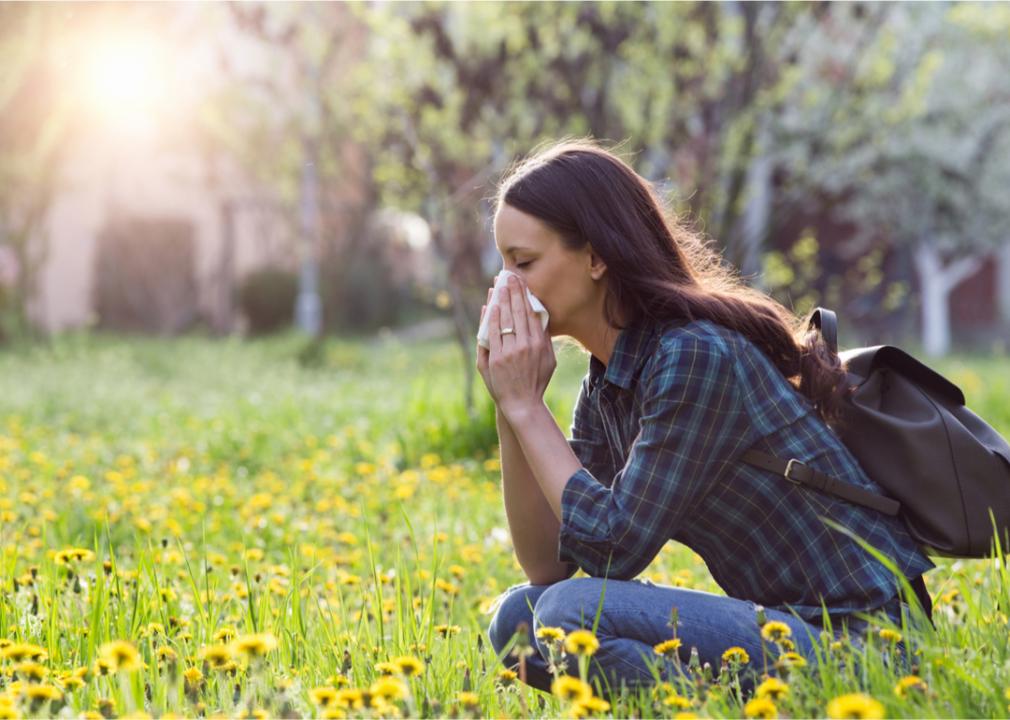
Budimir Jevtic // Shutterstock
How climate change is impacting allergy season
For many people, emerging from the doldrums of winter into the vibrancy of spring is enlivening. It may even feel like good fortune when the traces of snow, ice, and freezing temperatures recede sooner than expected, giving way to an early spring. However, research shows these seasonal anomalies are indicators of large-scale climate change.
With the official arrival of spring and the tree, grass, and weed pollen it brings, Wyndly compiled research from academic journals, governmental departments, and nonprofit organizations to identify six ways climate change may impact you during allergy season.
Climate-driven seasonal transitions, while a breath of fresh air for some, mean worsening respiratory distress for more than 24 million allergy sufferers. A combination of warming climate and increased carbon dioxide emissions, both of which stimulate photosynthesis and pollen production, is leading to longer and more intense allergy seasons across the U.S.
A 2022 study conducted by the University of Michigan found that in 80 years, on the current environmental trajectory, pollen season could begin more than one month sooner and last 19 days later. Additionally, annual pollen emissions could more than triple by the end of the century.
But it is not just higher pollen counts that will affect allergy sufferers. Climate change is driving more intense and frequent weather events like megadroughts, wildfires, and thunderstorms, all of which can negatively impact respiratory functions by adding harmful pollutants to the air. These effects are not limited to hay fever sufferers. Conditions like asthma and COPD can be worsened by irritants like pollen that penetrate the lungs, exacerbating coughing, inflammation, and shortness of breath.
To mitigate the impacts of a prolonged allergy season, which is, at best, annoying, and at worst, life-threatening, atmospheric scientists aim to build real-time pollen forecasts by combining various meteorological and pollen collection data.
Continue reading to find out how climate change is impacting allergy season.
![]()
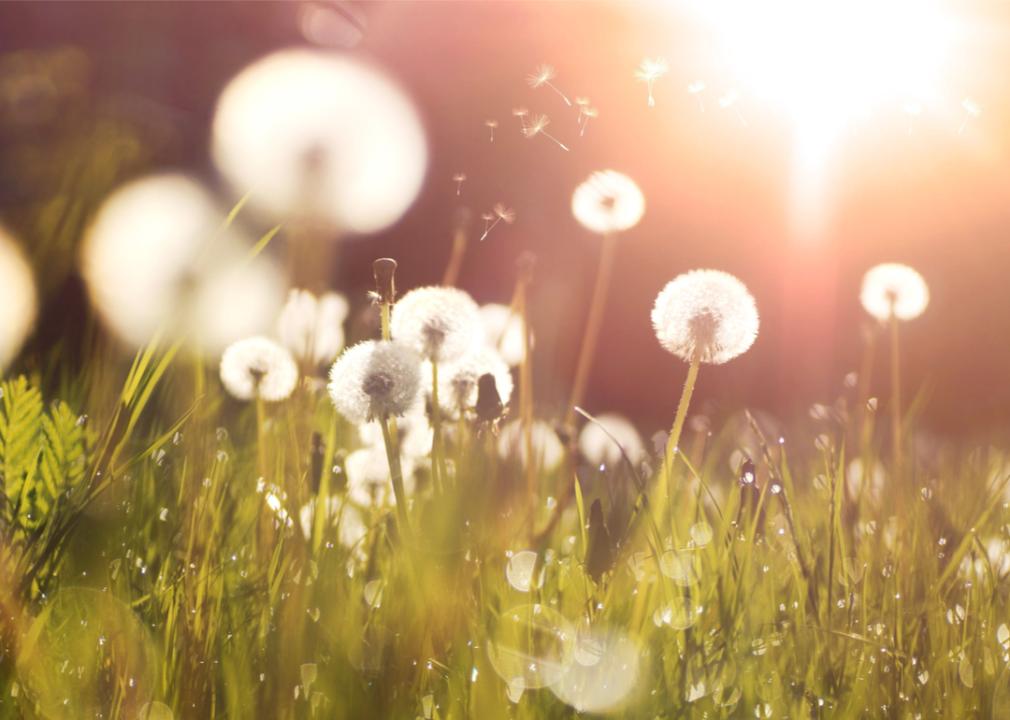
LedyX // Shutterstock
A warming climate means a longer pollen season
Warmer temperatures stimulate plant growth. Due to the warming climate, the growing season in the U.S. now begins more than two weeks earlier than it did at the beginning of the 20th century, with the most steady changes occurring within the last 30 years.
In addition to an earlier start, prolonged high temperatures will also mean a longer pollen season. Western U.S. states are experiencing longer frost-free seasons, marked by the last 32-degree day in the spring and the first 32-degree day in the fall. These conditions catalyze the growth and release of pollen.

aaronj9 // Shutterstock
Higher latitudes may be most affected by a longer pollen season
The effects of a warming climate on pollen season vary from region to region in the U.S. Places north of Minneapolis have seen pollen season extend between two and four weeks longer than usual, whereas southern regions are experiencing shorter pollen seasons, albeit only by a few days.
These differences are consistent with research that shows climate change is more extreme at higher latitudes—or closer to the Earth’s poles—due to global air circulation patterns. As warm air originating in the tropics is pushed toward the poles, this results in a cascading effect of environmental changes that are conducive to pollen production: earlier blooms, less snow, fewer rainstorms to wash away allergens, and dryer air. Areas with greater humidity are likely to have regular rain and cloud coverage to the moderate heat that stimulates growth.
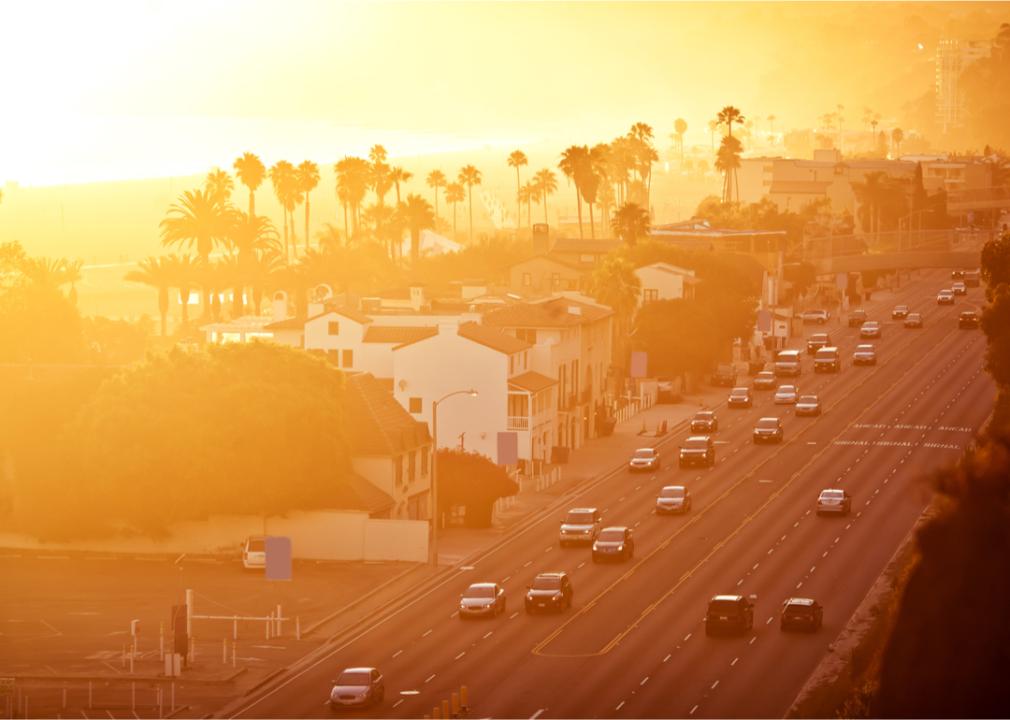
Andrey Bayda // Shutterstock
Air pollution can intensify the impact of allergens already in the air
Data has shown residents in urban areas suffer more from allergies than people in rural regions. While it may seem counterintuitive considering that proximity to allergenic plants is greater in rural settings, the reason has more to do with what else is in the air alongside pollen.
City smog produced by transportation and building emissions acts like a lid for chemical air pollution such as ground-level ozone. Not only can chemical air pollution elicit allergic reactions in individuals by irritating the airways, but it can also change how pollen grains enter and affect the body. Rising temperatures due to climate change mean more days of high-ozone concentrations, and thus, more harmful respiratory irritants.
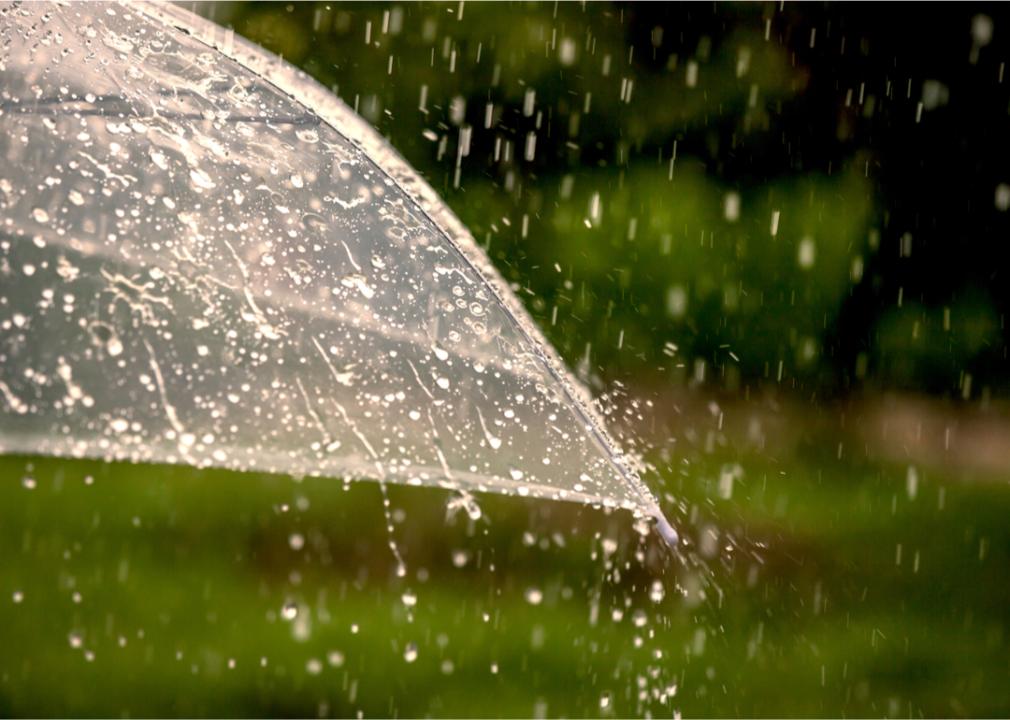
A3pfamily // Shutterstock
Increased thunderstorms can also exacerbate allergic reactions
For allergy sufferers, rain can provide a reprieve from their symptoms, flushing pollen and other allergens from their hosts and preventing them from being released into the air. But more extreme weather like thunderstorms can lead to a phenomenon called “thunderstorm asthma.”
Experts hypothesize that during a thunderstorm, strong updrafts pull in ground-level allergens like grass, ragweed, and mold. The rain inside the storm system pulverizes these grains into even smaller pieces, making it easier for them to enter the lungs. Finally, downdrafts distribute the small particles over the affected area. The warming climate creates ideal conditions for more frequent and more severe thunderstorms, which experts warn are likely to become the norm.
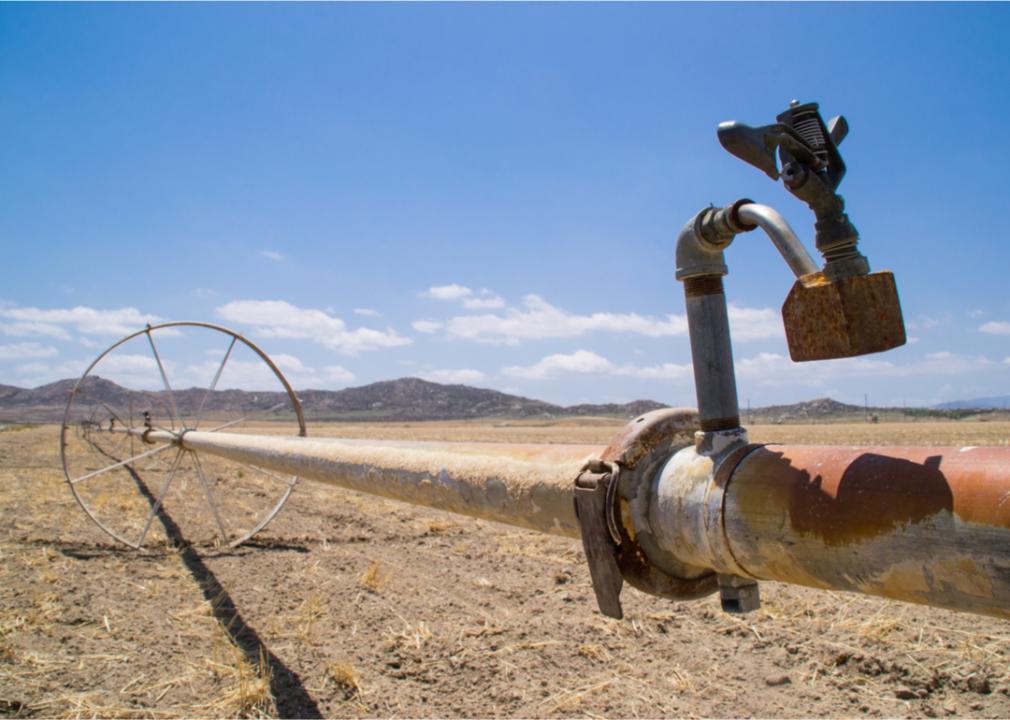
Eddie J. Rodriquez // Shutterstock
Extended droughts lift more dust and pollen into the air
The Western U.S. has been experiencing extreme drought conditions for more than 20 years, putting the region in the midst of one of the worst megadroughts in recorded history. Among the many downsides to this extreme weather is its impact on allergies.
A lack of rain means more dust, and more pollen settling to the ground, both of which are lifted into the air by wind instead of being washed away by a spring storm. Drought conditions also mean fewer late-season snow days that tamp down spring tree pollen.
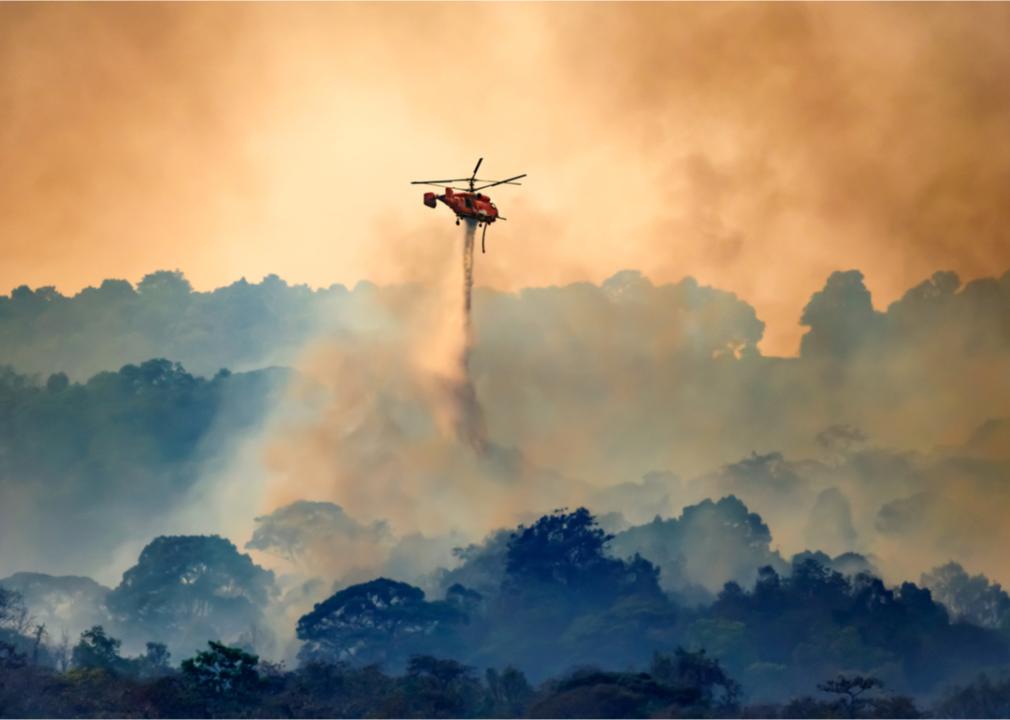
Toa55 // Shutterstock
Increased wildfires worsen air quality for allergy sufferers
Changing climate is a primary cause of longer wildfire seasons in the U.S. It is also largely to blame for the increased frequency and intensity of the fires themselves. Exposure to fire-related air pollutants can exacerbate respiratory conditions such as asthma and allergies by causing lung inflammation.
Wildfire smoke is comprised of a mixture of hazardous compounds, acids, and both organic and inorganic materials. Particulate matter—microscopic solids and liquids in the air—is present in the air we breathe every day, but it is typically invisible to the naked eye. During a wildfire, these pollutants can become so concentrated—roughly the width of a strand of a human hair—they are visible in the air.
This story originally appeared on Wyndly
and was produced and distributed in partnership with Stacker Studio.



